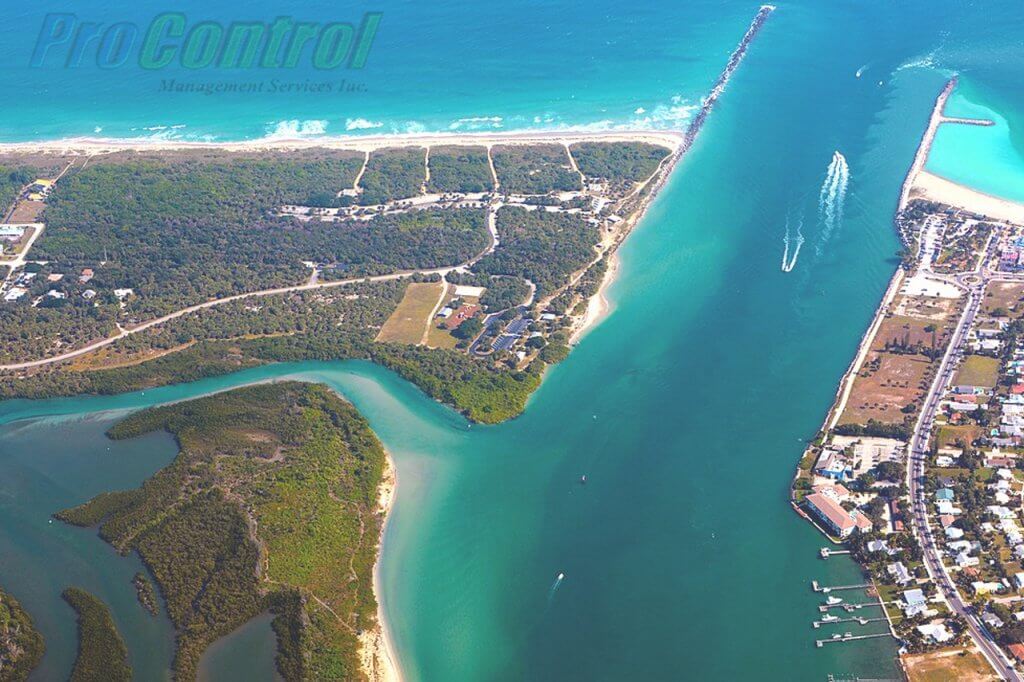History of Fort Pierce, Florida

Fort Pierce, Florida, is located along the Indian River lagoon. It allows direct contact with the Atlantic Ocean. The historic districts make the city a real museum. Fort Pierce’s priority has always been to become the best designed small town in Florida. The design of public and private developments has been based on a collective will. Fort Pierce is always committed to high-quality redevelopment. It benefits from a local tradition of architecture and design. New ways are being found in the city’s neighborhoods. They preserve the best features of the historic heritage for a better future.
Where Did Palm Beach Gardens Get Its Name From?
Expeditions of Spanish explorers began to colonize the region in the 16th century. A fort was then founded by Pedro Menendez on the Indian River lagoon. It took the name of Santa Lucia, which later became the name of the county of Saint Lucia.
Founded in 1838, Fort Pierce was originally a military installation built by the U.S. Army. It took its name after its first commander, Benjamin Pierce. He was the brother of President Franklin Pierce. The function of Fort Pierce was to be a main supply depot during the war. When the war was over, the warehouse burned down and was sadly abandoned.
How Did Palm Beach Gardens Develop?
Fort Pierce was initially a simple village. It contained a family business and a small group of houses. In the early 20th century, Henry Flagler’s railway started its development. The event contributed to the growing prosperity of the community. Soon after, the construction of new schools and buildings improved the community.
During the 1920s, Fort Pierce was then converted to the Mediterranean style. This preserved many old and historic buildings. Most of them are still in use today.
World War II saw the development of Pierce Beach as a naval base. From 1943 to 1945, individuals were all trained in combat under the name of UDTs, the SEALs. To this day, the town commemorates these events in the form of the National Navy SEAL Museum. Military personnel enjoy free admission. The museum attracts hundreds of visitors.
The post-war development of the city began to decline at the end of the 20th century. Older neighborhoods began to be pretty neglected and many historic buildings were demolished. It is only since 1994 that the city has been reborn and regained its charm.

